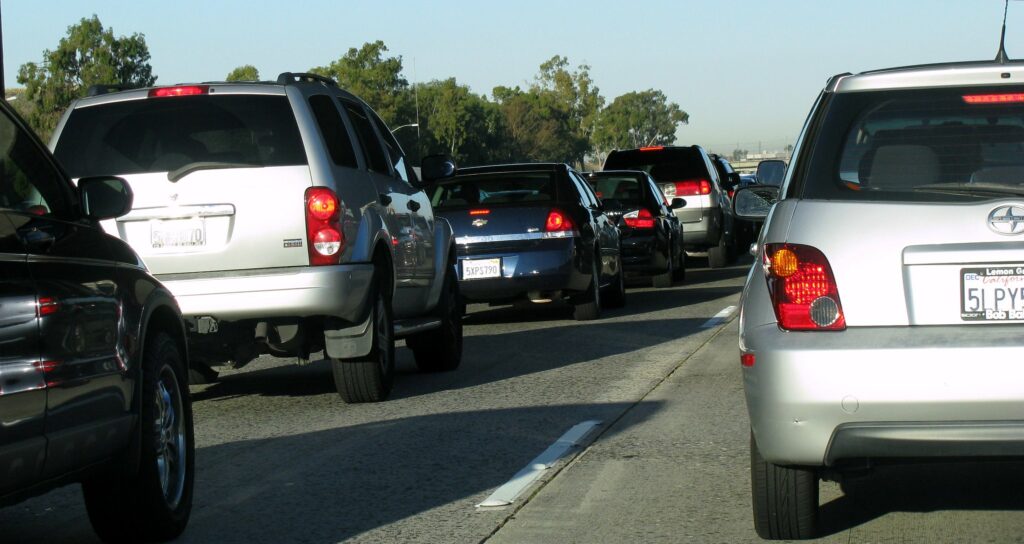We need a new approach to transportation: T4A’s efforts to get there

Six months into 2022, a lot’s been accomplished to steer the infrastructure law to better outcomes, but there’s still a long way to go.
When the infrastructure law passed last November, amid scores of trade groups, states, and others who were satisfied merely with the massive increase in spending, our lukewarm response was guided by our three principles: prioritize repair, design for safety, and promote access to services and opportunity through multiple modes of travel. Year after year, state and federal governments have assured us that these priorities are also their priorities, all while doubling down on the status quo. While the infrastructure bill did add scores of exciting new programs and historic funding for transit, it failed to transform the existing way of investing in transportation.
Let us be clear: the current system can’t fix the current system. We can’t outbuild our repair needs, expand our way to shorter commutes, or speed our way to safety. To solve these issues, we must be committed to addressing their root causes, which means decision makers at all levels need to rethink the traditional approach to addressing transportation issues. Our efforts now are aimed at facilitating that process and measuring the administration’s progress on their stated goals.
Our first course of action was to produce a suite of tools to demystify the complicated infrastructure law. We’ve noted which changes the administration could make and hasn’t, and we’ve called upon federal and state agencies to reexamine their outdated, flawed metrics which drive them toward all the wrong outcomes. We also worked to help advocates discover how to successfully push back against an entrenched status quo and produce different results.
This dialogue has only started, and given the flexibility in the infrastructure law, we have a long road ahead. We will continue to circulate our work with our partners and coalitions and learn from their perspectives and expertise.
It will take time, effort, and a wholly new approach to meet our nation’s safety, repair, and transportation needs, and the administration, states, and local governments will need to begin making progress immediately to meet their lofty goals. We’ll be here to celebrate their successes, offer advice, and call out their missteps. When the next infrastructure law is drafted, we’ll be even more prepared to demand better for the millions of Americans who are poorly served by our current transportation system.




















1 Comment